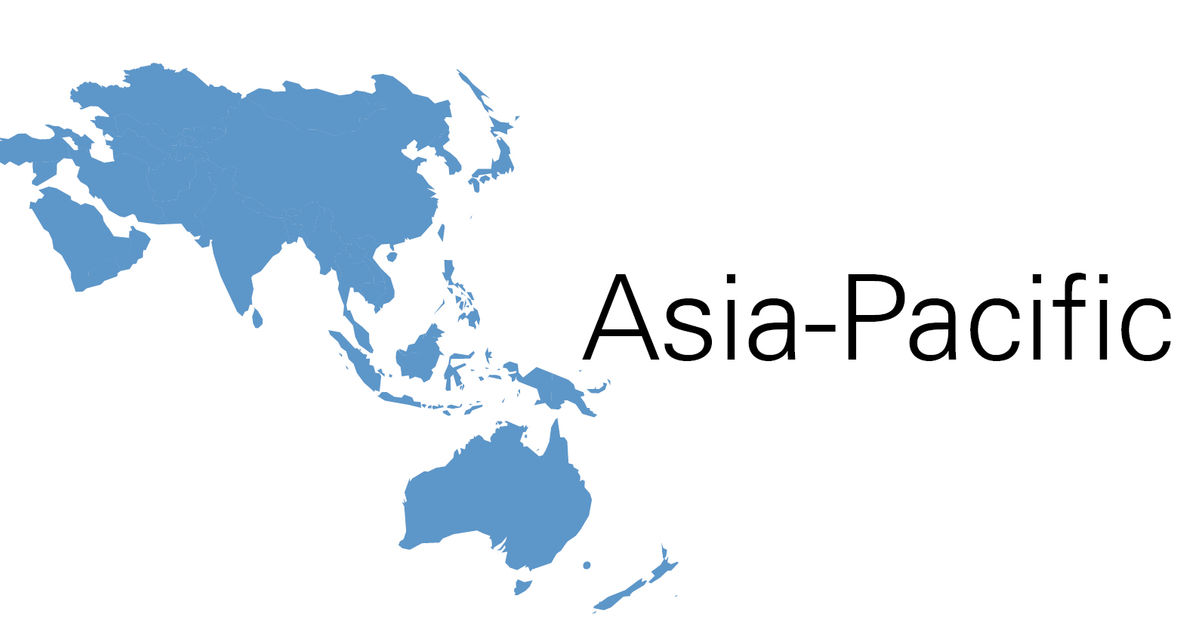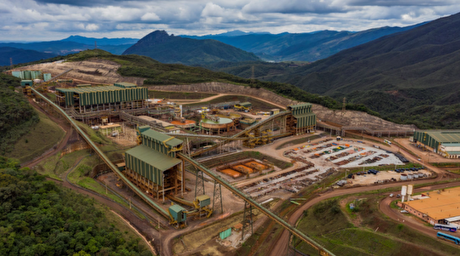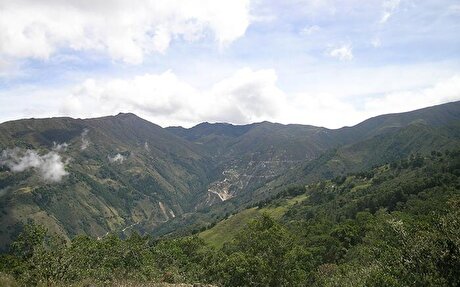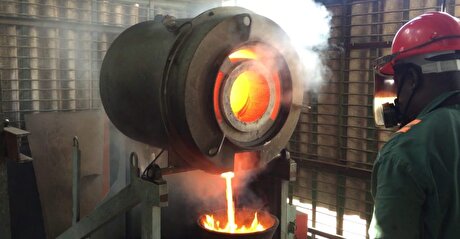
Viewpoint: Asia-Pacific heavy base oil prices fall


By the fourth quarter the heavy-grade premium to light-grade prices had disappeared.The relative stability of light-grade prices, and the fall in heavy-grade prices, contrasted with a steady rise in crude prices through the first three quarters. The rise in feedstock prices extended their recovery that began from mid-2017. The effect was to squeeze base oil values relative to crude to their lowest levels in at least eight years.
Base oil prices rose at the start of the year, extending their surge in prices during the fourth quarter of 2017, especially for Group I heavy neutrals.
Prices rose amid seasonally firmer demand in India, China and southeast Asia. Firm demand for term supplies, and limited arbitrage shipments from Europe and the US, gave Asia-Pacific producers more leverage to target higher prices for their spot shipments, especially SN 500. Some buyers also had to seek alternative supplies after their term contracts were ended.
Group I heavy neutrals surge in 1Q
Prices for fob Asia heavy neutrals ended 2017 at around $750-760/t, after rising $80-90/t during the fourth quarter of the year. They then extended this rise to around $850-860/t by the start of March 2018.
Prices for other base oil grades also rose but more slowly. The result was Group I SN 500 moved to a rare and extended premium to Group II heavy grades during the first quarter. Prices had surged from a discount of as much as $70-80/t to Group II heavy grades at the start of the fourth quarter in 2017.
The premium of Group I heavy neutrals over SN 150 also surged to more than $140/t in the first quarter, up from $60-70/t during the fourth quarter of 2017.
The surging SN 500 prices prompted producers to maximise output of the product. They also encouraged buyers to minimise their consumption of the product.
This deterrence to buy SN 500 especially, as well as other grades, was then exacerbated by growing signs that the seasonal pick-up in demand was more muted than usual.
Chinese buyers were securing smaller volumes on a more regular basis, rather than building stocks. Indian buyers had covered most of their requirements for the first four months of the year with a wave of arbitrage shipments from Europe and the US.
An exception was Vietnam. Demand in this market for light grades from South Korea got a boost following the removal of Vietnam's import tax on supplies from South Korea from the start of the year. A knock-on effect was a drop in Vietnamese demand for supplies from Taiwan.
Supplies build from 1Q
More muted regional demand coincided with a relatively light round of plant maintenance, especially compared with 2017. The market instead began to face the challenge of absorbing more supplies.
The start-up of a new Group II unit in Saudi Arabia at the end of 2017 provided India with a new and large source of premium-grade supplies. Prices were at competitive levels versus supplies from producers in northeast Asia. Refiners in this region responded by moving more supplies to other markets instead, especially southeast Asia.
TonenGeneral's 360,000 t/yr Group I plant in Japan also resumed normal operations around the end of the first quarter of 2018. The unit had major repairs following a fire in January 2017. Its drop in output throughout 2017 slashed Japanese supplies to southeast Asia and prompted the shipment of large volumes of Group I supplies to the region from the US and Europe.
These fundamentals then reversed following the plant's restart. Additional supplies from Japan got a further boost from an unusually light round of plant maintenance. The result was a surge in Japanese base oil exports, first to southeast Asia, and then further afield to markets like India and the Mideast Gulf.
SN 500 prices slump
With requirements covered, and expectations of improving availability, regional blenders held off seeking more supplies from the start of the second quarter. The slowdown in demand had the biggest impact on the highest priced product — Group I SN 500.
The product's price began to slide from the start of April and ended the second quarter at around $740/t fob, down more than $100/t from its first-quarter peak level. The price slump far outpaced a more gradual drop in Group II heavy-grade prices. These got some support ahead of the planned shutdown of base oil plants in Taiwan and South Korea during the third quarter for maintenance.
The SN 500 premium to Group II N500 flipped back to a discount of as much as $80/t by the end of the second quarter.
The slowdown in regional demand, and these more competitive Group I prices, then prompted the increasingly frequent shipment of these supplies from Thailand and Japan to markets like India and the Mideast Gulf. The shipment of Thai cargoes to India in May were the first to this market in five years.
Chinese and southeast Asian demand then slowed in the third quarter, while the Indian market was saturated with Group II heavy grade supplies. Increasingly competitive prices for Group I heavy grades added to slower demand for Group II heavy neutrals. These weakening fundamentals far outweighed the impact of the shutdown of Taiwan's 600,000 t/yr Group II plant in July for more than two months.
With availability increasingly plentiful and demand for heavy grades unusually slow, Asia-Pacific Group II heavy-grade prices fell by more than $100/t in the third quarter to less than $700/t. The price slump coincided with a surge in crude prices to a four-year high. This squeezed the Asia-Pacific heavy-grade premium to crude to its lowest level since at least 2010, down by more than $370/t since mid-July 2017.
Light-grade prices hold firmer
Group II light-grade prices remained much steadier throughout the year. The grade benefited from strong demand for light grades in India and China. The tighter implementation of China's consumption tax on white oils boosted demand for supplies labelled as base oils. Imported supplies met this criteria.
Supplies then faced the biggest impact of refiners' moves to trim output in the third and fourth quarters of the year in response to weak margins. The viscosity of the product, and its increasingly narrow premium to gasoil, prompted refiners to pour the product back into the diesel pool.
The effect of this relative strength was a narrowing of the gap between Group II light and heavy grade prices. Fob Asia N150 prices then flipped to an unusual premium to heavy grades in the fourth quarter of the year, from a discount of close to $100/t at the start of the second quarter.
Group I bright stock prices rose in the first quarter at a slightly slower pace than SN 500. Like heavy neutrals, they then corrected lower during the second quarter as Chinese demand waned and Japanese supplies surged. But the size of the price drop was smaller than SN 500. Prices then stabilised from the end of the third quarter, as Chinese buyers began replenishing stocks. Supplies from Japan also tightened because of run cuts. A closed arbitrage from Europe also continued to curb supplies from this market.


Codelco seeks restart at Chilean copper mine after collapse

Hudbay snags $600M investment for Arizona copper project

Uzbek gold miner said to eye $20 billion value in dual listing

BHP, Vale offer $1.4 billion settlement in UK lawsuit over Brazil dam disaster, FT reports

Peabody–Anglo $3.8B coal deal on the brink after mine fire

A global market based on gold bars shudders on tariff threat

SSR Mining soars on Q2 earnings beat

Minera Alamos buys Equinox’s Nevada assets for $115M

Century Aluminum to invest $50M in Mt. Holly smelter restart in South Carolina

Samarco gets court approval to exit bankruptcy proceedings

US eyes minerals cooperation in province home to Reko Diq

Allegiant Gold soars on 50% financing upsize

Explaining the iron ore grade shift

Metal markets hold steady as Trump-Putin meeting begins

Trump to offer Russia access to minerals for peace in Ukraine

Gemfields sells Fabergé luxury brand for $50 million

Gold price stays flat following July inflation data

Eco Oro seeks annulment of tribunal damage ruling

Zimbabwe labs overwhelmed as gold rally spurs exploration, miner says

Samarco gets court approval to exit bankruptcy proceedings

US eyes minerals cooperation in province home to Reko Diq

Allegiant Gold soars on 50% financing upsize

Explaining the iron ore grade shift

Metal markets hold steady as Trump-Putin meeting begins

Trump to offer Russia access to minerals for peace in Ukraine

Gemfields sells Fabergé luxury brand for $50 million

Gold price stays flat following July inflation data

Eco Oro seeks annulment of tribunal damage ruling














